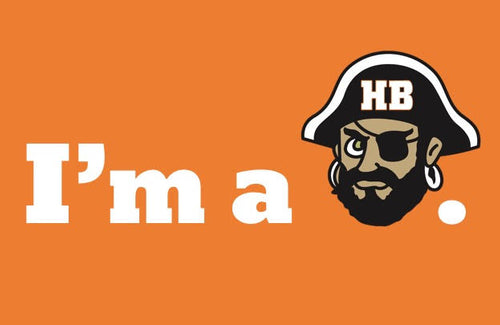The Challenge Cards are a powerful tool to help your students acquire the Challenge mindset. As facilitators, we must frame this process with an introduction and a debrief to help transform students. Skipping over the introduction or the debrief is the most common mistake when facilitating the Challenge Cards. When we omit this step, students are not able to get the full effect of the Challenge mindset.
Byron Williams, an educator in our community from Harbor Beach Community Schools, found a way to avoid this mistake. He took a unique approach to introducing the Challenge Cards. This approach led to students being receptive, very involved and speaking their minds.
Start with a Powerful Introduction
For Byron, a powerful introduction consists of showing students the ‘why’ and the ‘how’ of investing in challenges instead of job titles. This entailed unpacking with students:
- What is a challenge?
- What challenges exist in the world?
- How can you resolve these challenges?
Byron saw the value of investing time into introducing the concept of challenges to students to ensure they get the maximum out of it. Afterwards, they watched videos from the United Nations on different world challenges.
Leveraging the Physical Challenge Cards
When presenting new concepts, Byron operates by the principle of letting the students lead by providing opportunities to speak. This is why he asked students to talk amongst themselves about challenges as the second step.
The physical Challenge Cards were distributed to students, where each one had up to three cards. This stimulated a powerful discussion on the challenges between students.
The Digital Challenge Cards
After this introduction, students did the digital Challenge Card sort and printed their profiles. Students were given the summer to reflect on their results, have meaningful conversations and complete their Challenge Profile.
In the wrap up portion of the activity, emphasis was placed on how rewarding it can be to find what you are passionate about. Students learned that they have opportunities in their everyday life to learn and gain these relevant experiences. For example, they can speak with their dentist or their hairdresser about their future by sharing the challenge they want to work on.
Byron shared that “[he] appreciates how the Challenge Cards offer a different way of using the information provided in other career exploration methods and tools. It allows students to see different career paths based on a challenge instead of a position”. And this unlocks a new world of possibilities.
***
Are you introducing the Challenge Cards to your students in a unique way? We would love to hear from you! Feel free to share your approach with jp@mysparkpath.com.



